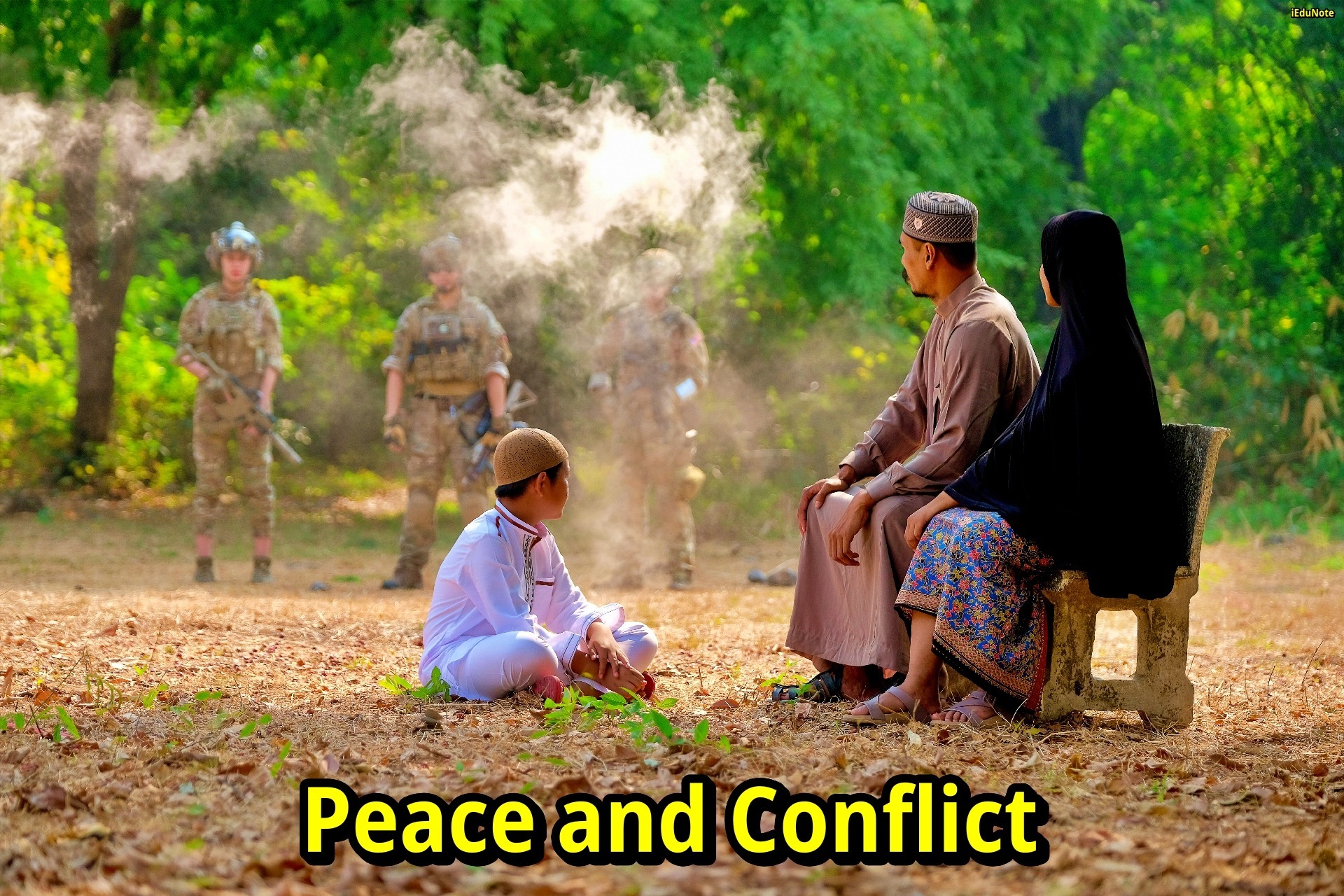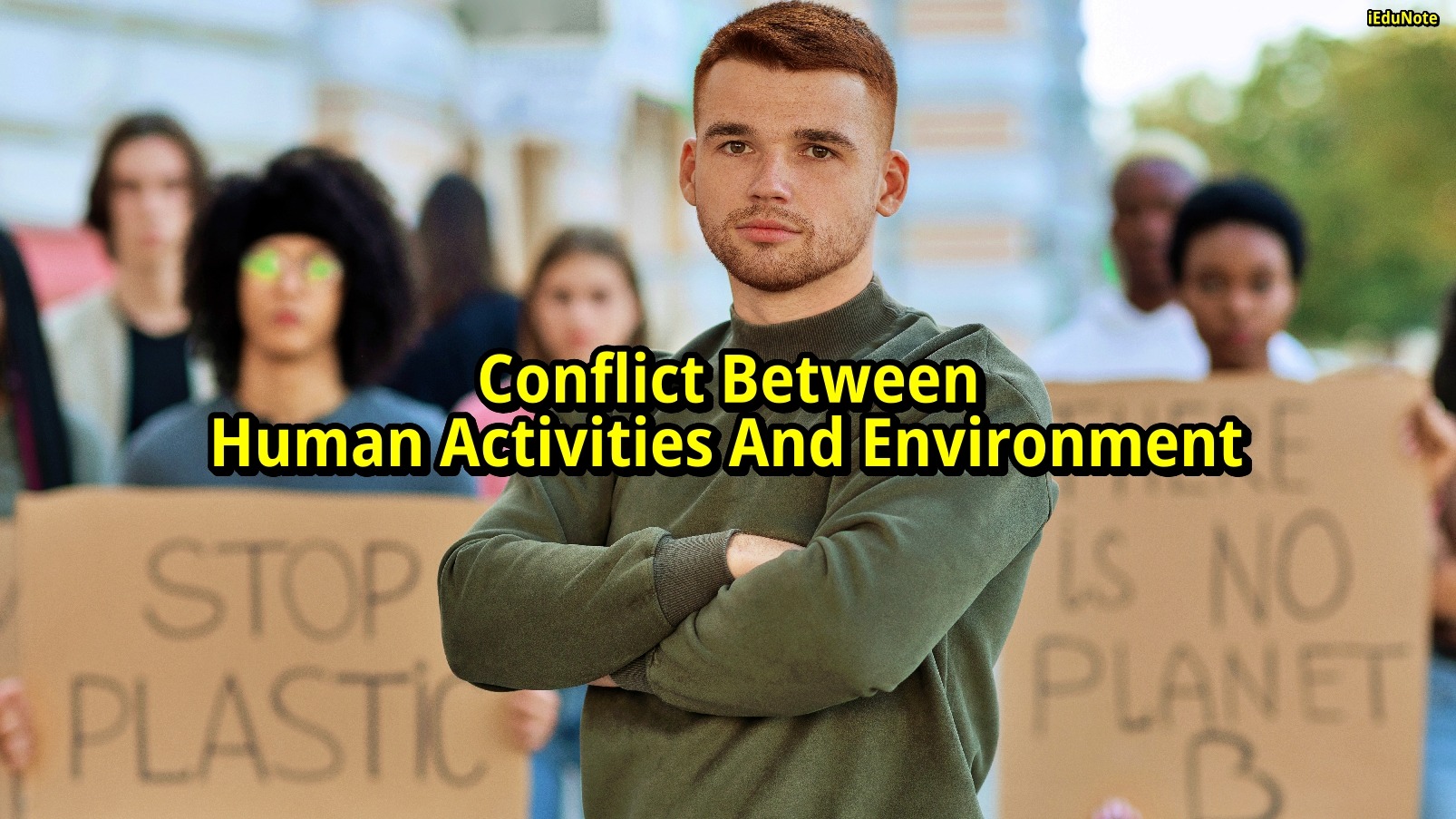When the international community was confronted with conflicts in Asia, Africa, and Latin America, peace movements were initiated by communities across the globe. Many authors have described that six theories attempt to explain why movements originate and why people participate in them.
6 Peace Movement Theories

Party Failure
In the 60s and 70s, the student movement opened political space for a whole series of new protest movements.
With the spread of technology and global interdependence, governments assumed greater responsibility to regulate the conduct of citizens. Furthermore, the rising expectations of citizens forced new demands upon the state, which responded with further centralization.
As a result, political parties that form linkages between policymakers and citizens failed in their functions. It is the failure of political institutions to produce a widespread reaction against the intrusiveness of functions of the state.
Fear of War
During the Cold War era, the arms race between the US and the Soviet Union peaked, and each had more than 10,000 warheads that could be deployed with long and intermediate missiles.
They had enough nuclear power to destroy the world many times over.
Some estimated that they had possession of the equivalent of more than one million bombs, the size of the nuclear bomb that wiped out the city of Hiroshima (Japan) on August 6, 1945. The people were fully aware of the dangers of nuclear war, and fear of war led to the mobilization of peace movements in Western countries.
Collective Behavior
Movements emerge from the changed expectations following rapid social change. Collective behavior consists of efforts to restore shattered social structures and to create a new one.
Collective behavior is the mobilization of people on the basis of a belief that a new structure will suit the changed conditions, and participants try to achieve the goals.
Resource Mobilization
The theory of resource mobilization aims to explain how organizations acquire resources needed for confronting authorities and how these resources are mobilized to effect social and political change. Mobilization is a process by which resources become available to a movement.
Political Process
The central contention of this theory is that whatever a movement does, it has to be in the context of the political environment that prevails at the time.
Actions of the movement are filtered through the current power structure. A movement becomes successful if it takes into account political processes in its emergence and collective action.
New Social Movement Theory
Social movement theory underscores the fact that movements never function in a vacuum. Collective action is built by people and takes place within the realm of possibilities.
Movements establish relations with other stakeholders, and through these interactions, they produce results. In light of these theories of movements participated by people, the concept of pacifism and the movement of peace-seekers are discussed.

